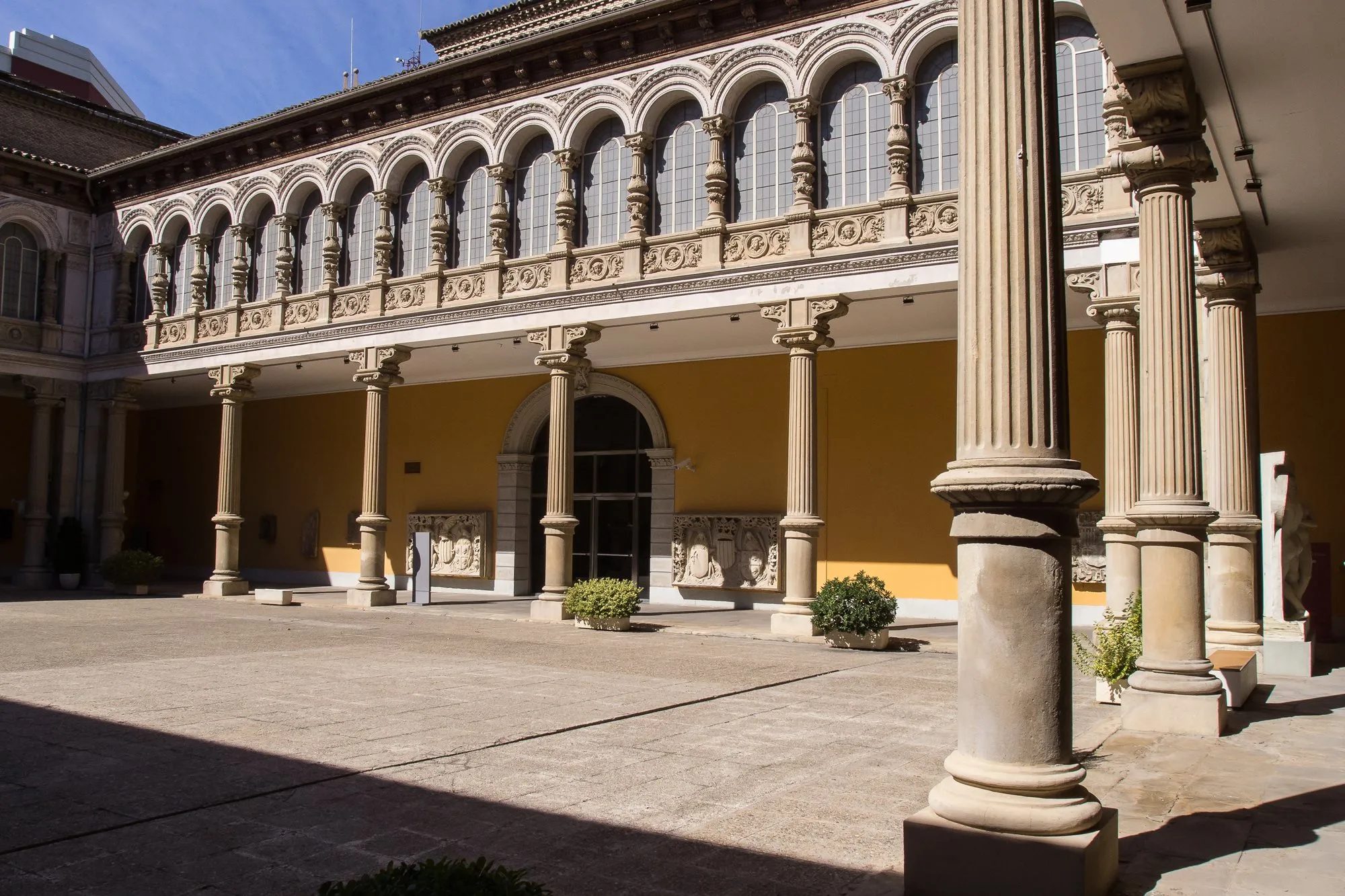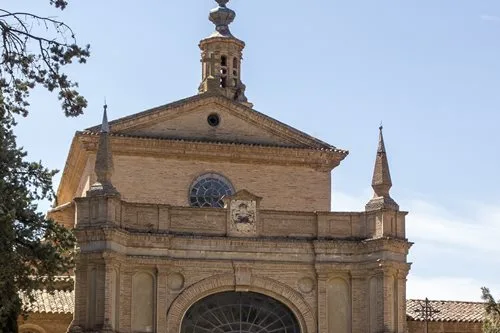
Cookie settings
We use our own and third-party cookies in order to offer our services, display videos, obtain statistics and offer personalized advertising.
For more information, please read our cookies policy.

The museum was built in commemoration to the Sitios and was established in a Renaissance building that was built in 1908, because of the Spanish- French Exhibition that took place that year.
Its rooms are dedicated to the Archaeology and are decorated with Arab capitals and arches belonging to the Aljafería. There are also Romanesque and Gothic pieces, sepulchral monuments, etc.
It has a modern installation and important collections from Prehistory, Pre-Roman culture, Roman mosaics. The museum has two more sections that are located in the Parque Primo de Ribera: The Casa de Albarracín, which houses the Ceramic section, whose walls show the stylistic and functional evolution, as well as a varied collection of popular clays from Aragon; and the Casa Ansotana, dedicated to the Ethnology (clothes, farming implements, and popular arts).
In the section dedicated to the Fine Arts, works from the XII Century to the Contemporary times are shown. There is a valuable triptych of San Martín from the XV Century, which belonged to the convent of Santo Domingo, by Daroca and a great collection of primitive works from Aragon.
In the Goya section, there are portraits of Fernando VII and the Duke San Carlos among others. There are numerous paintings of Spanish schools from the XVI to the XIX Centuries by artists such as Bayeu, Coello, López, Jordán or Huguet, as well as sculptures by Alonso Berruguete or Gil Morlanes.
Built: XX Century (1908)
Author: Ricardo Magdalena, Julio Bravo
Style: Neorenaissance
Category: Museum
Type: Museum
Address and telephone
Opening times
Prices
Free entry.
If you see any mistakes or want to add anything to this information, please contact us.


